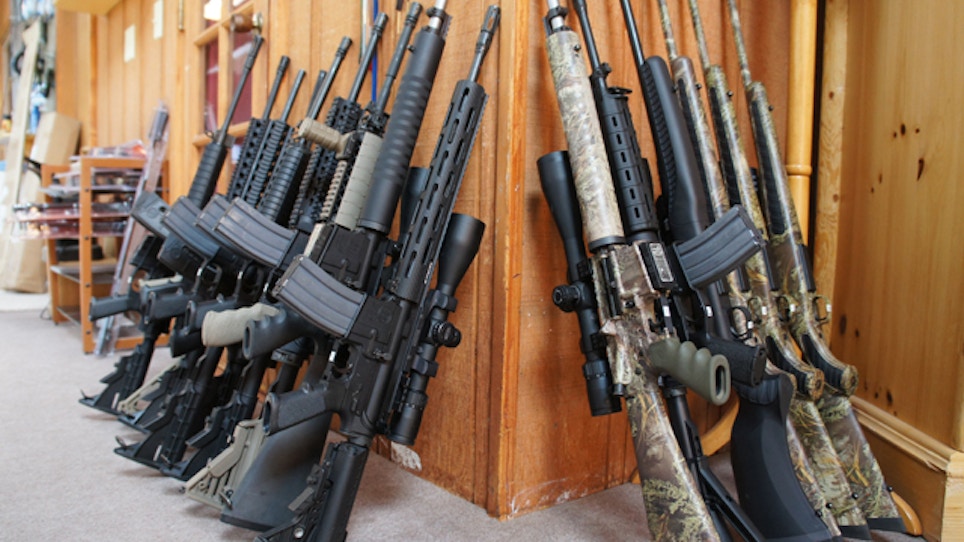A newly released academic study suggests states that ban so-called “assault weapons” and restrict concealed carry rights have more gun-related murders than states who do not, adding to earlier research that claims more guns among law abiding citizens decreases overall violent crime.
The study by economist Mark Gius and published in the journal Applied Economics Letters, suggests restricting concealed carry rights can increase the gun-related murder rate by 10 percent. The research also shows that during the federal assault weapons ban — which was in force between 1994 and 2004 — the gun-related murder rate increased almost 20 percent.
“These results suggest that, even after controlling for unobservable state and year fixed effects, limiting the ability to carry concealed weapons may cause murder rates to increase,” Gius writes.
“I kept thinking this can’t be right, so I kept running it and running it, and it came out the same,” Gius added in an interview. “Restrictive concealed carry laws don’t have the effect they’re intended to have.”
The research further suggests that restrictions on AR-style rifle ownership since the 1994 assault weapons ban expired has an “insignificant” impact on gun-related murder rates. In 2012 there were only 322 rifle-related murders out of about 9,000 that involved guns, according to the FBI.
“So even if you factored out all of the murders with rifles, you’d barely touch the murder rate,” Gius says.
An economics professor at Quinnipiac University in Connecticut, Gius examined a variety of crime and demographic data over a thirty year period beginning in 1980 — a statistical look that represents “one of the longest time periods examined in any research on assault weapons bans or CCW laws.”
The research considered various socioeconomic data and demographics, but it is one of the first to limit the results to how gun laws affect a state’s gun-related murder rate.
“The use of this crime rate is important because most other studies looked at violent crime rates or homicide rates,” Gius writes. “Violent crime rate data is not disaggregated into gun-related violent crime and non gun violent crime, and homicides include justifiable killings and state-sanctioned killings; hence, an analysis using these types of crime rates may result in spurious conclusions.”
But Gius was careful to say that there’s still research to be done in order to determine a closer correlation between restrictive gun laws and murder rates.
“I try to always say there’s a lot of crime out there that can’t be addressed by these [gun] laws,” he says. “But my findings were pretty consistent with lots of research in this area.”






